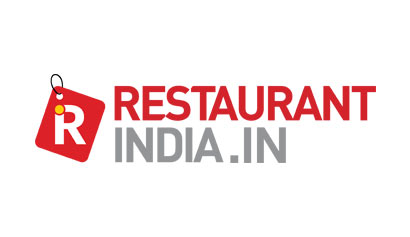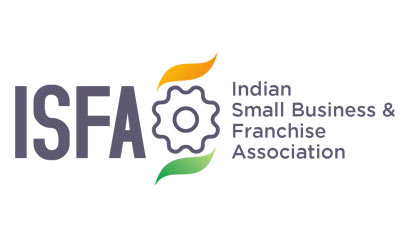To get access to over 10000+ Franchise Business Opportunities.
Network with the growing Business Community to get expert interventions to let you learn to Grow & Expand your Business with Franchising.
Nusra reports about how duplicating a successful internationally renowned and ‘customized for India’ model does not work for all brands, citing incidents about why certain leading brands have closed their doors in India

McDonald’s and Domino’s were the first brands to set up a global market trend in India in 1990s, subsequently inviting many international brands to the country. However, with the same replica model, strategy and product portfolio, many of them are struggling in the Indian market even after spending 5-7 years. For instance, Papa John’s is already out of India, closing its door in the country. The reason: it failed to meet its store level EBITDA for more than a year, focusing more on brand-building. Also, there’s news brewing that the promoters of Barbeque Nation, which has bought the master franchise rights for American burger chain Johnny Rockets in 2016 to replicate their casual dining model, are unhappy with the performance of the brand.
Making the Connection
From the first store in 1996 in Mumbai to 265 stores across South and West India in 2017, McDonald’s has indeed arrived a long way with immense learning and evolving as regards its customers. “The key to our success is the fact that we became locally relevant to the people in India,” points out Amit Jatia, who introduced McAloo Tikki to Dosa Masala Brioche to Chatpata Naan – Indianising them to stay ahead of the curve. Similarly, with more than 400 stores operational in India, Pizza Hut knows how to keep customers happy by maintaining quality food and value-for-money pricing. “We are the first brand to engage with consumers by way of signature writings on the bills – our servers write down personal experiences they have had with the customers on bills,” shares Unnat Varma, Managing Director, Pizza Hut India Subcontinent.
And, this gives an answer to many unsolved mysteries of the brands who are trying to get Indian customers on their platter; they are lagging behind in customer satisfaction. Though, they have replicated the model of the top brands they couldn’t sail through because of their product line (too much to offer with no signature product) and mistaken concepts, thereby unable to drive customers to their outlets.
When Plans go Awry
Over 650 QSR and cafe outlets shut down between 2013 and 2016 in India, according to a study done by Tag-Taste, an online community for food professionals. The sombre mood of the restaurant industry is reflected with the results that these brands are facing. Reckless expansion, no product standardization, management conflict and undefined territory and audience are a few learning lessons for brands that are venturing into the Indian market soon.


Business Opportunities
Browse By Investment Range
Browse By States
Popular Cities
We value your privacy.
You can unsubscribe anytime















